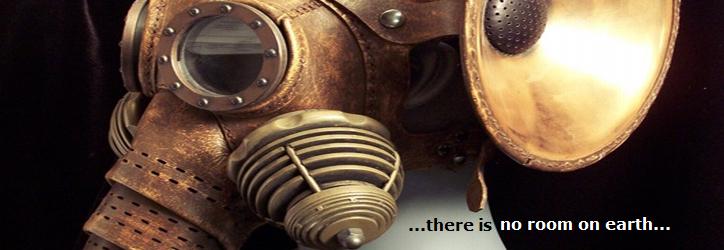
J. Howard Miller's `We Can Do It!`, commonly mistaken to be Rosie the Riveter.
I can not really remember when and where I saw this poster first time but to me this would be an essence of feminish. It shows incredible power and determination. Typical mens pose and facial expression combined with colours work quite well. Perhaps no one would mess with that woman or even tried to say `no`. This is a perfect example of power and freedom.
Rosie the Riveter is a cultural icon of the United States, representing the American women who worked in factories during World War II, many of whom worked in the manufacturing plants that produced munitions and war supplies. These women sometimes took entirely new jobs replacing the male workers who were in the military. The character is considered a feminist icon in the US.
Although real-life Rosie the Riveters took on male dominated trades during WWII, women were expected to return to their everyday housework once men returned from the war. Most women opted to do this. Later many women chose to return to traditional work such as clerical or administration positions.However, some of these women continued working in the factories.
http://en.wikipedia.org/wiki/We_Can_Do_It_%28Liverpool_F.C._song%29
http://www.friesian.com/feminism.htm




